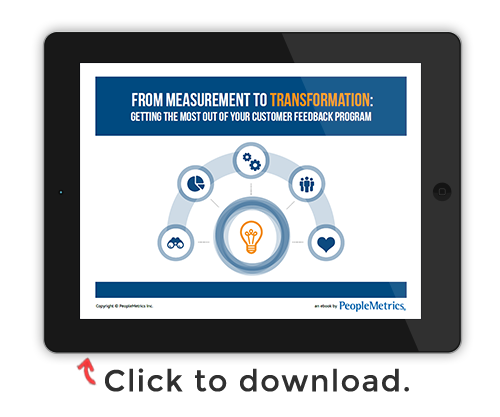My wife and I recently had a baby, and as a new parent, my smartphone quick-draw has gotten snappier. You see, things come up while you’re holding a newborn—things that must be Googled, ordered, photographed. And time (as they say) is of the essence.
In these past weeks, I’ve been able to confirm my suspicion about a lot of mobile customer experiences.
Which is this: They’re irritating.

Customer Experience Best Practices: Remember Context
To a user like me, smartphones are a matter of convenience. They’re magic mirrors into worlds of mind-numbing information as much as they’re electronic toolkits. Accordingly, most of my smartphone usage happens in two disparate modes:
- Veggie Mode: I admittedly accomplish very little in this state. However, time passes, and my phone battery depletes. Examples include social media, Reddit, podcasts, and car blogs.
- Terminator Mode: In this state, I must kill John Connor achieve a goal. I’m actively trying to learn, achieve, accomplish. Examples include getting driving directions, checking account balances, or confirming that actor was in that movie I saw.
I bring this up because when mobile users like me are in Terminator Mode—the mode that matters for readers of this blog—every unnecessary layer of complexity can be a serious friction point.
Because while smartphones are convenient, they have clear constraints. For example, they’re small. And subject to wireless connectivity. And limited in horsepower.
So each extra second, extra click, or extra hurdle can affect the customer experience. Or even lead customers to finding a better option for their mobile toolkit.

Customer Experience Best Practice: Removing Friction
As in the analog world, if you’re in doubt, focus on helping customers satisfy their goals—quickly, simply, and consistently. So to improve customer experiences on mobile devices, you can’t go wrong with removing friction.
Perhaps your company will struggle with what’s necessary in the mobile experience. Maybe marketing will want a new sharing widget, or the C-suite will want a pop-up to promote the company’s presence at an upcoming event.
That means you’ll have to make compromises. And that’s fine. Just don’t lose sight of what your customers want.
That sort of customer focus is another reason why ongoing customer feedback management is so important. It keeps your company’s people in tune with customers and their objectives. It helps remove doubt in what is most important to the people that matter most to your business.
Because at the end of the day, why would you stop customers from doing business with you? Why not give them clear pathways to their (and your) goals?

In other words, be conscious of your customers in their quick-draw mobile moments. Point the way for them. Make it easy for them to achieve their objectives, and they'll keep coming back.
Want more best practices?
If you're interested in more customer experience improvement strategy, then make sure to subscribe to our blog. You can set up options to receive updates to your inbox whenever is best for you.
You can also check out the ebook below. It’s a great resource for learning how to start measuring customer experience, so you can get to work improving it.
See you soon. Thanks for reading.






%20(1).png)